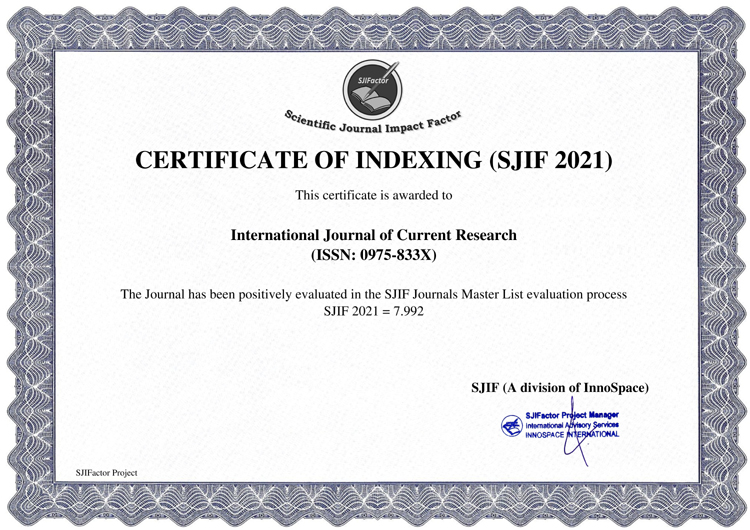Chives belongs to the family Alliaceae, genus Allium, and species Allium schoenoprasum. English chive derives from Latin cepa onion via Middle English cyve or cheve, a loan from Old French cive. Note that the singular chive is used for the plant, whereas the spice is usually referred to as plural form chives. The botanical species name schoeno¬prasum means essentially rush-like leek: Greek schoinos rush (a kind of grass, genus Juncus) and prason leek. The reference is, obviously, to the leaves’ shape. Cf. also the Modern Greek name praso . In quite many lan¬guages, chives are denoted as a grassy variant of their larger relatives, leek, onion and garlic. Examples from Scandi¬navia are Swedish gräs¬lök, Nor-wegian gras¬løk, Estonian muru¬lauk and Finnish ruoho¬sipuli grass-onion; similar are Catalan all junci-forme rush-shaped garlic, Arabic waraq basal onion-leaf and Hebrew irit basal asphodel-onion, where asphodel refers to a Medi¬terranean type of lily with hollow leaves (e. g., Asphodelus fistulosus) also known as onionweed. Other languages use geo¬graphical epithets like Bulgarian luk sibirski Siberian onion or Turkish frenk soğanı Frankish onion. In the Romance language, the names of chives are often diminutives formed from onion meaning little onion or (if you like that) onionlet: French civette, Spanish cebollana, Italian erba cipollina and Portuguese cebolinho. There are two types of chives: 1) Common chives (Allium schoenoprasum) with grass like foliage that is round and hollow and globe-shaped mauve flowers. And 2) Garlic or Chinese chives (Allium tuberosum) with flatter leaves that have a mild garlic flavour and white, star shaped flowers. Both types grow well in the ground or in pots and can cope with extended periods indoors on a sunny window sill. In the veggie patch or in the garden, chives make a great decorative border plant. Chromosome number 2n = 16, 24, 32. There were no written records of domesticated chives from the Mediterranean region until the 16th century in Europe, whereas in East Asia chives have been domesticated since ancient times. At present chives are cultivated as vegetables or seasoning herbs all around the world, especially in the Northern Hemisphere. Because chives are very adaptable, tolerant of cold and hot temperatures, and grow rapidly, they can be cultivated and harvested many times throughout the year. They are also easy to propagate, either from seeds or from division of clumps all year round. Chives are grown mainly for their long, cylindrical leaves, used for culinary purposes. Their flowers can also be used for salad dressings and sometimes for decorative purposes. Chive is the smallest species of Allium genus and family Alliaceae, which includes other crops such as shallot, onion, garlic, leek and bunching onion. Chive is a nutrients rich food, meaning that while it is low in calorie, it is high in beneficial nutrients like minerals, vitamins and antioxidants too. It is an excellent substitute of salt and a perfect aid for those who are on a low-fat and salt-restricted diet. Chive is mainly used as garnish, and its fresh chopped leaves are stir-fried and used as flavoring in dumplings, soups, stews, pasta, salads. Chive is a monocot, small perennial herb growing in clumps. Plants can be grown from seed or divisions of 2 to 3 bulbs. In this review article on Origin, Taxonomy, Botanical Description, Genetic Diversity, Breeding and Cultivation of Chives are discussed.





